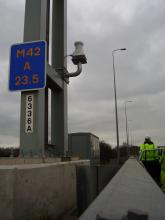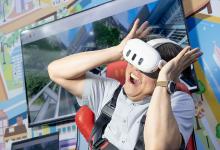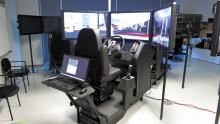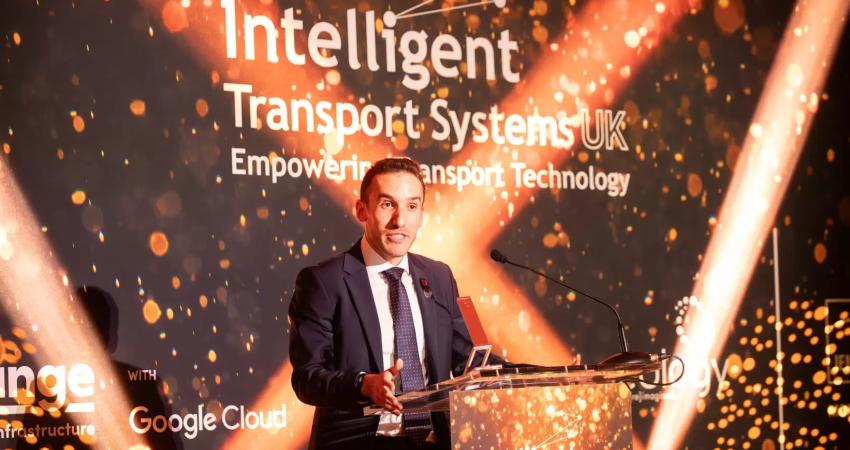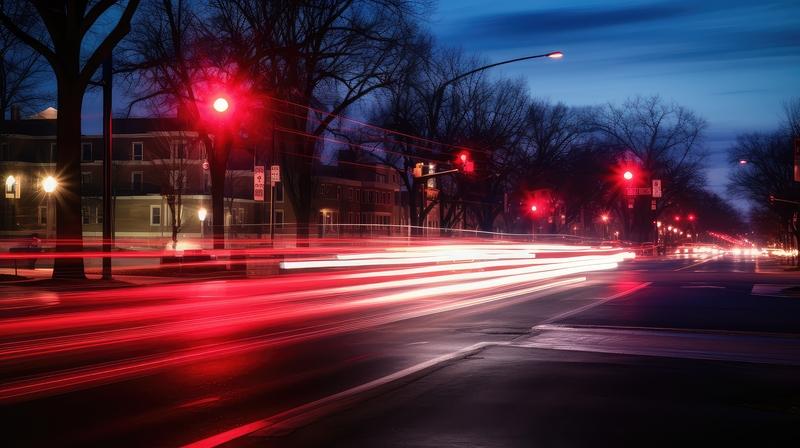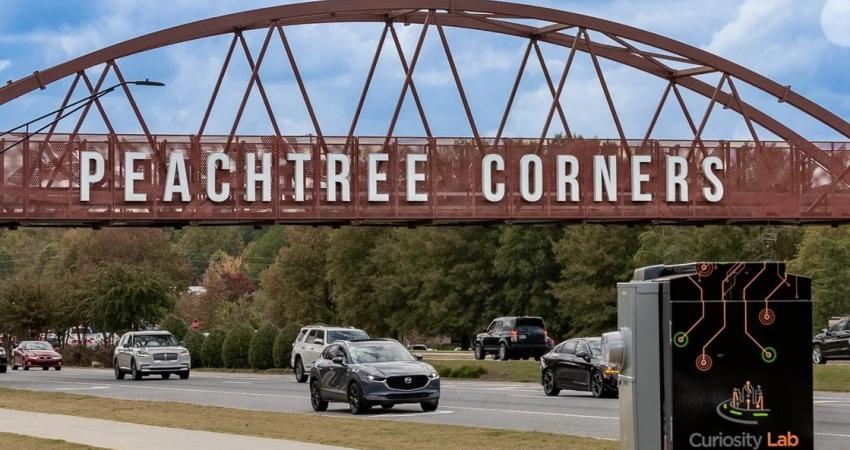When equipped with its full motion system, Japan Radio’s driving simulator is so large it wouldn’t fit on the company’s stand – however, ITSWC visitors can still try a static version of the system. The simulator can be used in scenarios where on-road trials could lead to dangerous situations and it repeat tests to evaluate the reaction of a number of drivers to a particular set of circumstances. Using the simulator is said to be both faster and cheaper than putting vehicles on the road and situations modell
October 6, 2015
Read time: 2 mins
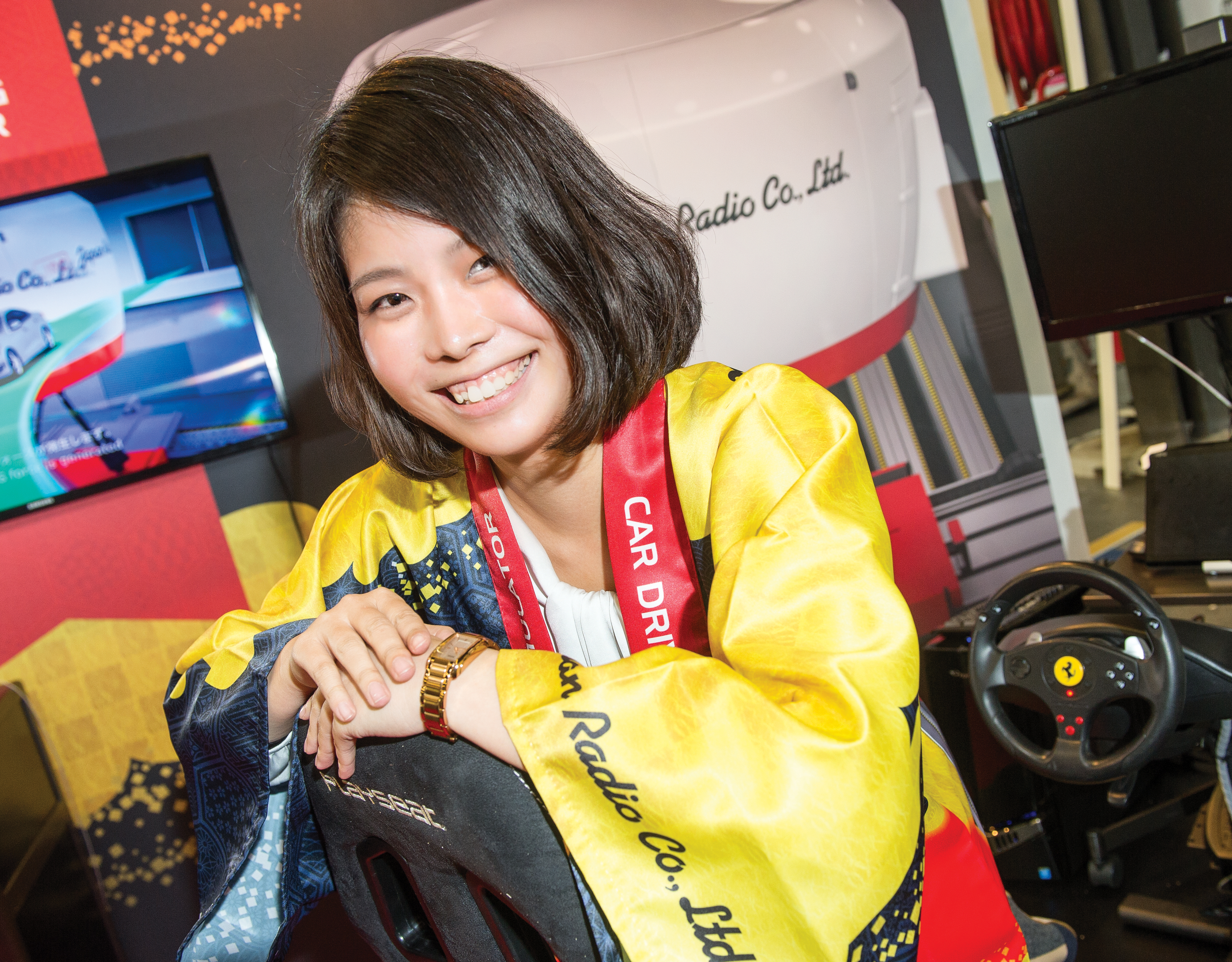
Minami Okamoto of JRC with the driving simulator
When equipped with its full motion system, 8238 Japan Radio’s driving simulator is so large it wouldn’t fit on the company’s stand – however, ITSWC visitors can still try a static version of the system. The simulator can be used in scenarios where on-road trials could lead to dangerous situations and it repeat tests to evaluate the reaction of a number of drivers to a particular set of circumstances. Using the simulator is said to be both faster and cheaper than putting vehicles on the road and situations modelled include highways, cities and mountainous areas while its Road Studio allows users to create their own roads.
The company strives to make the simulation as real as possible as it says the closer the simulator is to the actual driving experience, the higher the driver’s acceptance which in turn provides more realistic results. To achieve this, it uses high-definition 4K images that can be projected at sizes of up to 4m wide by 2m high to fill the drivers’ field of vision and a 120Hz refresh rate to make the image flow smoothly.
It is also showing a steering force reaction force generator which is designed to give the same feedback through the steering wheel as a driver would experience on the road.


